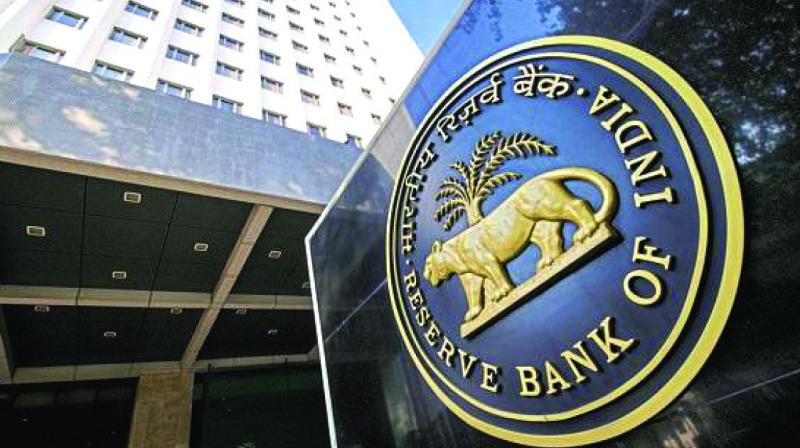RBI sets new stressed assets norms
Lenders get 180 days to resolve default under new framework

Mumbai: The Reserve Bank of India (RBI) on Friday issued a new framework for resolution of stressed assets, putting less stringent requirement on banks for classifying defaults as bad loans while at the same time continuing to incentivise them for accelerated resolution of stressed assets.
The new norms require lenders to resolve non-performing assets (NPA) over Rs 2,000 crore within 180 days while the old controversial circular issued on February 12, 2018 required banks to initiate resolution or restructuring of loans worth Rs 2,000 crore or more even if there was a one-day default. However, the Supreme Court on April 2 this year had called this framework 'ultra vires', following which the RBI revised the circular.
The new circular seeks to accelerate the resolution of stressed assets by putting in place a system of disincentives in the form of additional provisioning in case of delayed implementation of the resolution or initiation of insolvency proceedings, it said. The new circular provides for a framework for early recognition, reporting and time-bound resolution of bad loans.
For instance, the circular’s incentive to reverse 50 per cent of the provisions upon reference under IBC will prompt lenders to refer such stressed cases to IBC for faster resolution.
The central bank said lenders shall recognise incipient stress in loan accounts, immediately on default, by classifying such assets as special mention accounts (SMA). Since default with any lender is a lagging indicator of financial stress faced by the borrower, it is expected that the lenders initiate the process of implementing a resolution plan (RP) even before a default.
The central bank said once a borrower is reported to be in default by any lenders, financial institutions, small finance banks or NBFCs, the lenders shall undertake a prima facie review of the borrower account within 30 days from the day of default.
During this review period of 30 days, lenders may decide on the resolution strategy, including the nature of the resolution plan (RP) and the approach for implementation of the RP.
In cases where RP is to be implemented, all lenders shall enter into an inter-creditor agreement (ICA). The ICA shall provide any decision agreed by lenders representing 75 per cent by value of total outstanding credit facilities (fund-based as well non-fund based) and 60 per cent of lenders by number shall be binding upon all the lenders. RPs involving restructuring or change in ownership in respect of accounts where the aggregate exposure of lenders is Rs 100 crore and above, will require independent credit evaluation (ICE). This ICE of the residual debt has to be done by credit rating agencies (CRAs) specifically authorised by the RBI.
The lenders are free to initiate legal proceedings for insolvency or recovery, the central bank said.
The new norms replace all the earlier resolution plans such as the framework for revitalising distressed assets, corporate debt restructuring scheme, flexible structuring of existing long-term project loans, strategic debt restructuring scheme (SDR), change in ownership outside SDR, and scheme for sustainable structuring of stressed assets (S4A), and the joint lenders' forum with immediate effect.
Karthik Srinivasan, Group Head, Financial Sector Ratings at ICRA, said, “Incentives to reverse 50 per cent of these provisions upon reference under IBC will incentivize lenders to refer such stressed cases to IBC for faster resolution. However, lenders may adopt a case-specific approach for such reference.”

